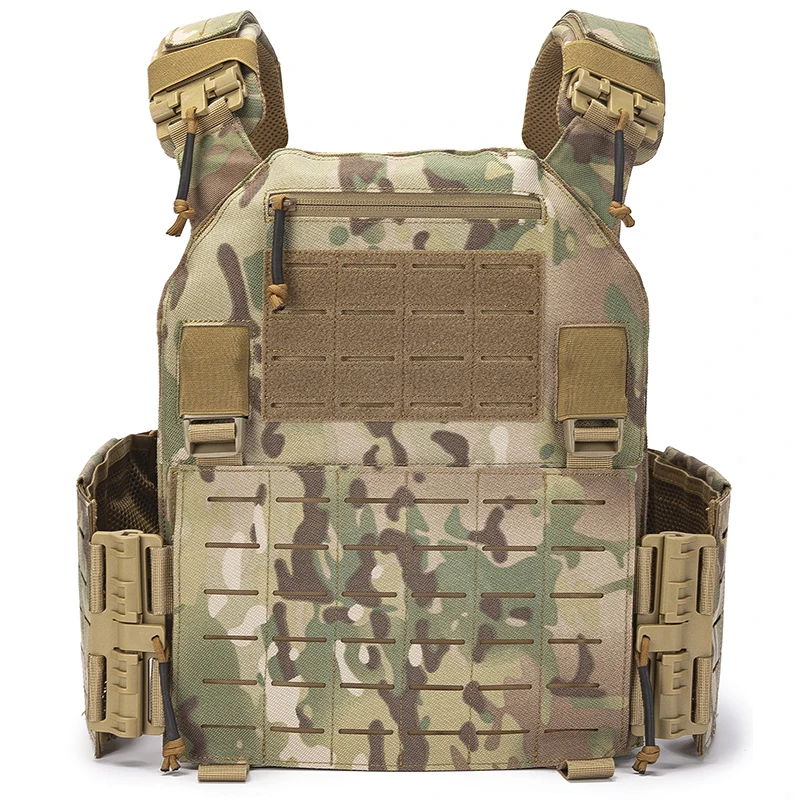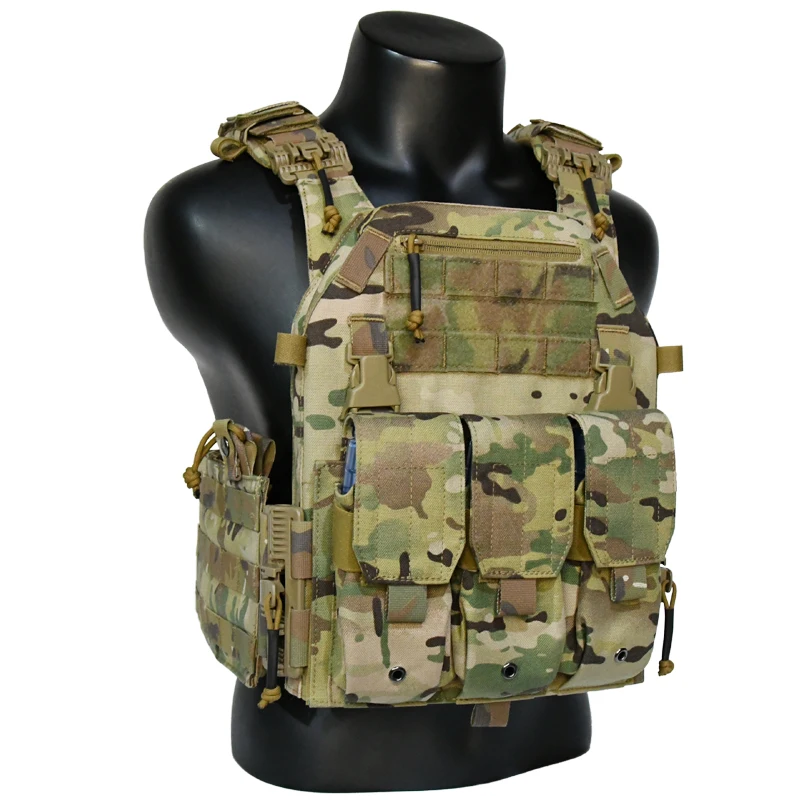Tactical Gear
PRODUCTS
Tactical Vest Loadout Options
Choosing the Right Vest Platform
The foundation of any effective loadout is the vest itself. Several factors influence your choice, starting with the type of mission or activity. Plate carriers, designed to accommodate ballistic plates for protection, offer superior defense but can be bulky. Low-profile vests, often favored by law enforcement for everyday carry, prioritize concealment and comfort, sacrificing some carrying capacity. Consider the weight and size constraints of your specific situation. A heavily armored plate carrier is unsuitable for covert operations, whereas a lightweight vest may be insufficient for high-risk environments.
Material is another key consideration. Durable materials like nylon or Cordura offer excellent tear and abrasion resistance, ensuring longevity. Consider the breathability of the material, particularly for prolonged use in warm or humid conditions. Features like adjustable cummerbunds and shoulder straps are also essential for a comfortable and secure fit, allowing for optimal movement and preventing the vest from shifting during activity.
Modular Pouch Systems: Organization and Accessibility
Modular pouches are the backbone of tactical vest customization. They allow you to tailor your loadout to your specific needs, carrying everything from magazines and medical supplies to radios and tools. Consider the size and type of pouches needed for your equipment. Magazine pouches should securely hold the appropriate number of magazines for your firearm, while general-purpose pouches can accommodate a variety of items. Specialized pouches are available for specific equipment like tourniquets, flashlights, or multi-tools.
Strategic placement of pouches is equally important. Frequently accessed items, such as spare magazines or medical gear, should be easily reachable, often located on the chest or waist. Less frequently used items can be placed on less accessible areas, like the back or sides. Think about the ergonomics of your chosen arrangement; ensure your reach is not hindered by bulky or awkwardly positioned pouches. The overall balance and weight distribution of the loadout is also critical to avoid fatigue and discomfort.
Weapon Systems Integration
The integration of your weapon system with your vest is crucial for quick access and efficient operation. Magazine pouches are often the primary consideration here, ensuring easy reloading without compromising speed or safety. If carrying additional sidearms, consider dedicated holster pouches that provide secure retention and rapid draw. The positioning of these pouches should be carefully considered to avoid interference with other gear or accidental activation of the firearm.
Depending on your specific needs, you might also incorporate weapon lights, laser sights, or other accessories. Ensure that these attachments are properly secured and compatible with your chosen pouches and vest platform. Thorough practice with your weapon and gear setup is essential to develop muscle memory and enhance your response time in high-pressure situations.
Communication and Technology
Modern tactical vests often incorporate communication and technological integration. Dedicated pouches for radios are essential for maintaining clear communication within a team. Consider the size and type of radio you use when choosing a pouch, ensuring proper fit and protection. Antennas should be properly routed to avoid entanglement or interference with other gear.
Other technological integrations may include GPS devices, data storage devices, or even body cameras. Ensure that these devices are securely housed within the vest and are easily accessible when needed. Consider compatibility with other equipment, and ensure the power source is secured and accessible for easy charging or replacement.
In conclusion, the optimal tactical vest loadout is highly individualized and depends heavily on the user's specific needs and operational environment. Careful planning, attention to detail, and a deep understanding of the available options are crucial for creating a safe, efficient, and comfortable system that enhances performance and readiness.SUBSCRIBE
INQUIRY










